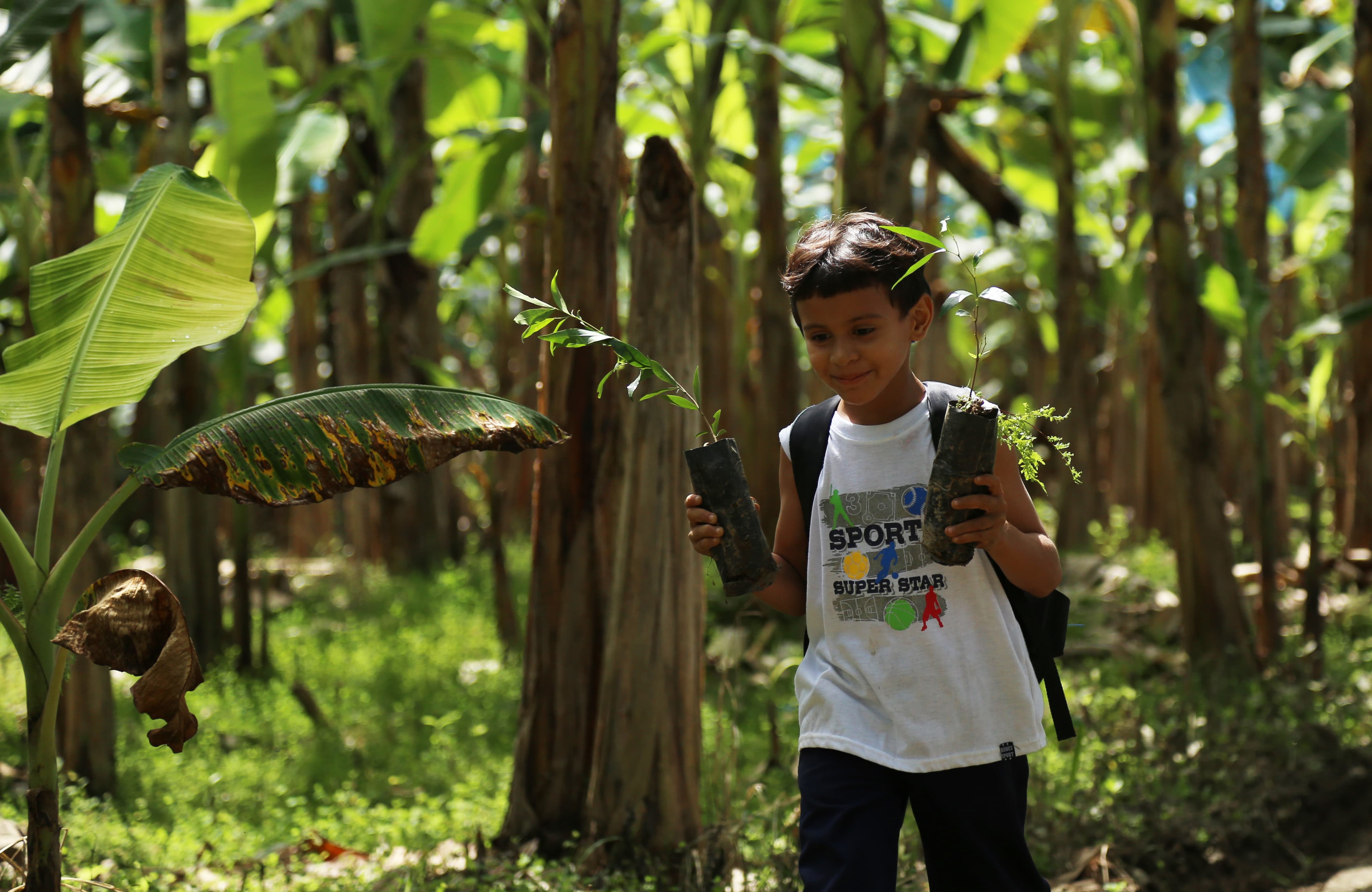Civil Society Organisations - Thematic experts and driving implementation
The project is being implemented by four CSOs.
FES
Core expertise/ issues addressed: Commons governance
Institutional Development; Eco Restoration; Invasive species management
7,500 families in 87 villages in Mandla and Balaghat Districts
www.fes.org.in/
PRADAN
Core expertise/ issues addressed: Gender issues; Women self-help groups; Women centric livelihoods; Small enterprises – poultry, goat rearing.
10,000 families in 136 villages in Balaghat District.
www.pradan.net/
WOTR
Core expertise/ issues addressed: Watershed treatment; Agricultural development; Agro advisories using local weather stations; disaster risk reduction, Knowledge Management
4,000 families in 132 villages in Seoni District.
www.wotr.org/
BAIF
Core expertise/ issues addressed:- Livestock management; Selective breed improvement; Feed and disease management; Dairy value chains
BAIF has livestock expertize, working in all three districts and supporting all 3 partner CSOs on livestock management.
www.baif.org.in/
The CSO partners work in tandem. They undertake regular cross-learning & best practices sharing to ensure that the threats to KPC are addressed holistically. The CSOs form an important building block of the larger "working together" concept.
Enabling factors include - adopting a transparent and participative approach.
Recognizing and appreciating the efforts and expertise of each CSO working in the landscape.
Identifying their core skills and helping them adopt core skills of other CSOs
A catalyst is required - to get the CSOs working together and build relationships/partnerships. This takes a lot of time and effort. Requires the stakeholders involved to be flexible and make joint efforts for the greater good of the landscape.
Having a set of partners working in the same landscape with a set of diverse core skills made RBS FI recognize the need to help these CSOs in identifying areas of improvement to achieve one common goal.
With this view cross learning and best practice sharing was established. This helped all the CSOs working together appreciate efforts of one other and incorporate others CORE skills into their project too.
PRADAN learnt from FES, started appreciating the important role commons play and started incorporating conservation efforts in their plan of activities. They initiated a dialogue in their villages to conserve and use natural resources sustainably.
FES from PRADAN, recognized the role women plan in conservation and started gender focussed activities and started encouraging women partcipation in the village institutions
WOTR learnt from FES, recognized the importance of invasive species eradication and techniques of eradication. FES learnt from WOTR the benefits of watershed development and so on.
These CSOs are now regularly adopting best practices from one another
